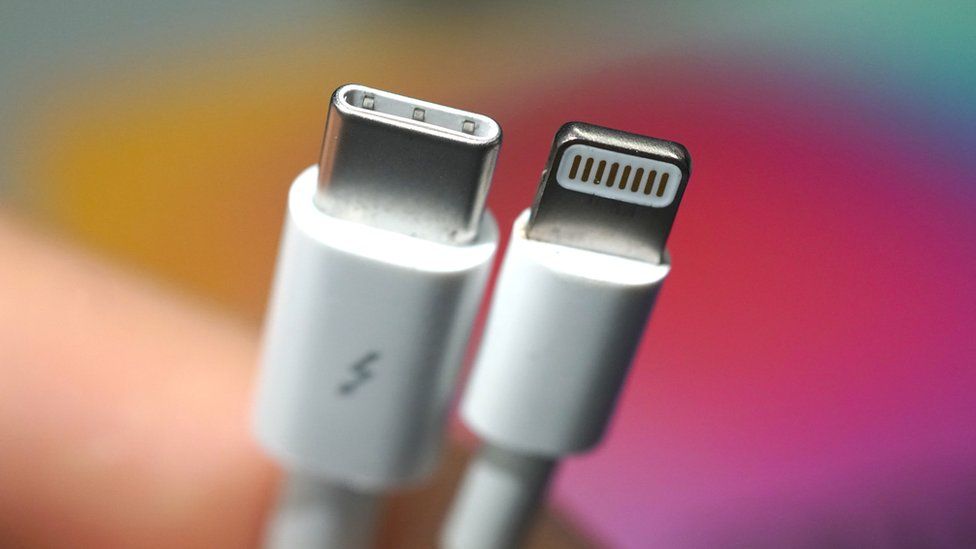

- SET UP THE LIGHTNING CABLE FOR MAC FULL
- SET UP THE LIGHTNING CABLE FOR MAC TV
- SET UP THE LIGHTNING CABLE FOR MAC MAC
What if you wanted to watch a movie, photo, video or play a game on your Mac from your
SET UP THE LIGHTNING CABLE FOR MAC TV
If you have an Apple TV and want to use the AirPlay solution instead, you can read more about that here.Share on Facebook Share on Twitter Share on Reddit Share on WhatsApp Share on Pinterest Share on LinkedIn Of course, using a cabled solution may not be as fancy as mirroring a display wirelessly with AirPlay, but it works nearly flawlessly and there’s so little setup involved that it can be great solution for those who don’t mind the wired connection. You can go about connecting a Mac to a TV in a similar cabled fashion, which is equally as useful, though doing that requires a different adapter than what is necessary for connecting an iOS device to a TV screen as we’ve covered here. So while using a wired connection and HDMI cable is less fancy than using wireless like AirPlay, there’s also much less troubleshooting required since you basically just connect the cables and you’re good to go. Without rotating into horizontal mode, the picture will simply display on the TV or projector smaller than it would otherwise if widescreen is possible, like playing a movie. It also helps with apps that support the horizontal / widescreen format too, like Safari. This is particularly important for watching movies and video from an iOS device connected to a TV: Because of this, you’ll likely want to turn off orientation lock so that you can rotate the iPhone or iPad screen into horizontal position to better match the wider screen TV display. Note if the device is oriented vertically, large black bars will appear on both sides of the mirrored iOS screen.
SET UP THE LIGHTNING CABLE FOR MAC FULL
Play a video, game, run through a presentation, show a demonstration, play a slideshow, share pictures on a larger screen, whatever you want to do on the iOS device is now in full screen on the TV. You can now use iOS as usual, with the screen mirrored to the other display or TV. When the correct HDMI input is found, iOS will detect the secondary screen and immediately start projecting the iPhone, iPad, or iPod touch display mirrored on the TV.Toggle the settings on the TV or projector to the appropriate HDMI input, this differs between TV, displays, and projectors, but typically it’s within the “Input” options on displays.Connect the HDMI cable to the Lightning AV adapter then also connect the HDMI cable to the TV, display, or projector you wish to export the iOS screen to.Connect the Lightning Digital AV Adapter to the iPhone, iPad, or iPod touch.

Connecting the iPhone, iPad, or iPod touch to a TV, Display, Projector, with HDMI Once you have all the hardware, the remaining setup is extremely easy to get the iPhone or iPad connected to a TV screen. This is what the Lightning to HDMI cable looks like, it also has a lightning port on there if you wish to charge an iOS device or have it connected to a power source while in use. Lightning Digital AV Adapter for iPhone & iPad.HDMI cable – a reasonably long length is preferable for many situations.TV, HDTV, or digital projector that has an HDMI input – this will be the target display for mirroring the iOS screen to.iPhone, iPad, or iPod touch with a Lightning connector port.Requirements for Connecting an iPhone or iPad to a TV / Projector with HDMI If you don’t want to use HDMI, you can also use a wireless method with AirPlay as described here too.


 0 kommentar(er)
0 kommentar(er)
